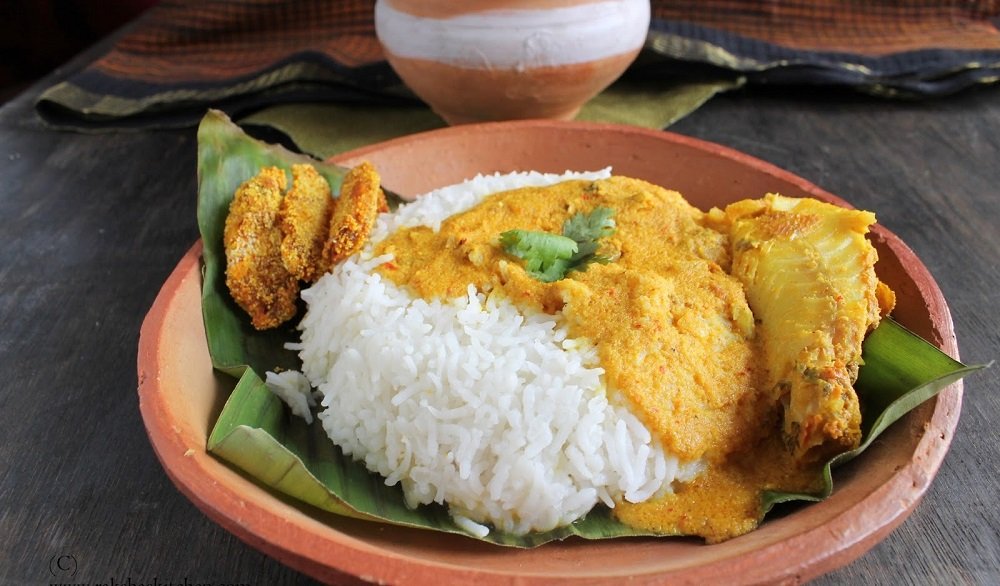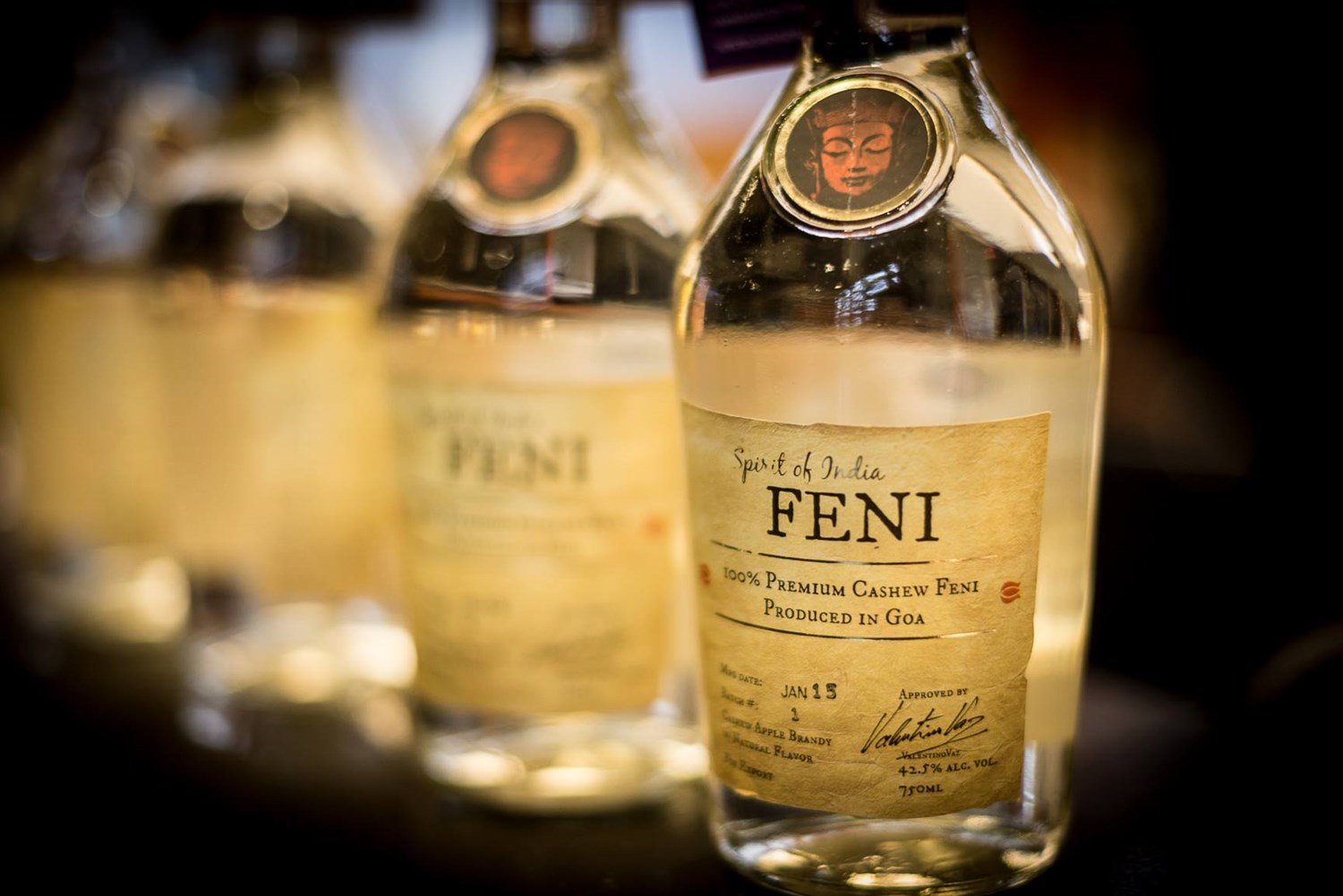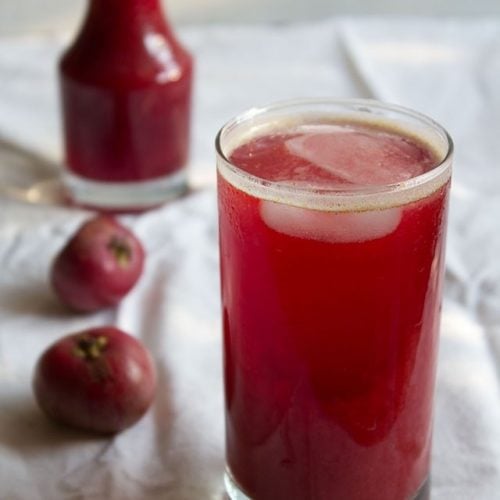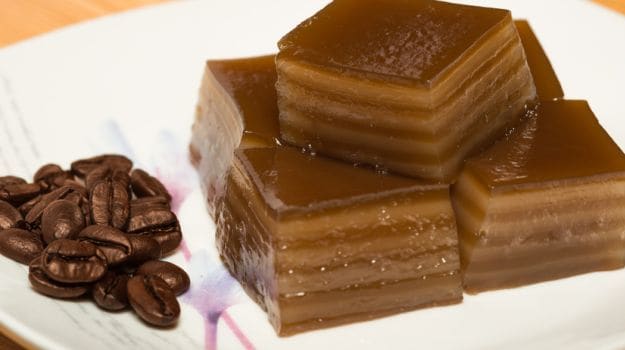The state of Goa in India has the Arabian Sea flanking its west coast. The cuisine of this small state is by and large based on the state’s Hindu Saraswat origins and also by the influence of the Portuguese (who ruled Goa for 450 years) on the cuisine of Goan Christians. In this article, we explore various influences in Goa destination—the cuisine, recipes and food that are famous in this region of India.

GOA THALI
Sea-food is consumed by the Hindus as well as the Christians in Goa – which should perhaps come as no surprise as the state reaps a generous catch from the Arabian Sea. Rice is another staple in the Goan diet.
The state of Goa being a great tourist hub, it is only but natural that in addition to Goan cuisine, international cuisine features on the menu of most restaurants and eateries. However, people who come to Goa feel compelled to try the Goa speciality-fish curry rice.
.
GOA SPECIAL FISH CURRY RICE
Goan cuisine is known to tickle the taste buds – however, the uninitiated be forewarned that most Goan dishes pack quite a punch! The tropical climate of the place calls for strongly flavoured and spicy food. In fact, the Portuguese are credited with introducing chillies to the local inhabitants.
Until 1961, there was a strong Portuguese presence in Goa – that is, until the state was finally liberated from Portuguese rule. It is only but natural that this long period of Portuguese influence has left an indelible mark on the cuisine as well as other socio-economic aspects of the state.
ROASTED BEEF IN GOAN STYLE
The Portuguese introduced tomatoes, pineapple, potatoes, guavas and cashew nuts to the local Goans. Feni – a potent alcoholic drink (which is as famous as rice and fish curry) is brewed from the fruit of cashew trees (caju feni). It is also extracted from coconut palms (palm feni or toddy) and this practice existed even before the cashew trees reached Goa. Cashew nuts are eaten as a snack or even added to many dishes – both savoury as well as sweet.

FENI
Beef and pork were introduced by the Portuguese and quite popular among the local Christians. In fact, until the late 20th century, the Hindus of Goa even refused to add potatoes and tomatoes to their diet! Goan cuisine is mainly based on sea-food, dairy products and vegetables.

KOKUM
Coconut and kokum (garcinia indica) are two other ingredients that are liberally used in Goan cuisine. Coconut palms are abundant in the state and so are kokum trees. Kokum fruits are dark red in colour; the outer cover of the fruit is dried and it is called aamsol or kokum. It is blackish/ purple in colour and sour to taste. Coconut and kokum balance the flavours in most dishes and tone down the intense heat of the chillies. Kokum also has medicinal properties – it is loaded with Vitamin C, aids in digestion and its cooling properties are a boon during the summer.

KOKUM SHERBET
Kokum sherbet is very refreshing; it also works up an appetite. The Hindu cuisine of Goa is not as spicy as the Christian cuisine – the former uses less of onion and garlic and uses jaggery as well as souring agents like kokum for milder flavours. Ambot-tik (means sour-spicy) is fish curry with kokum— a hot favourite.

PATHOLI
Bamboo shoots, tubers, pumpkins and gourds, lentils, curry leaves, mustard, fenugreek and asafoetida feature mostly in dishes of Hindu origin. Red amaranth, flat beans and okra (bhindi) are quite popular in Goan cuisine. Patholi – steamed rice rolls is another dish made by the Hindus of the state.

NEVRI
As the catholic cuisine is heavily influenced by the Portuguese, the use of vinegar is common in many of their dishes. Kokum, coconut, garlic and wine are some other common ingredients.

BEBINCA
Some popular dishes are – pork vindaloo (adapted from the Portuguese dish vinha de alhos – meaning wine or wine vinegar and garlic), fish recheado (recheado means stuffed in Portuguese), Xacuti, chicken cafreal (named after the African soldiers or kaffirs), prawn balchao (the original recipe of balchao has shrimp paste and this dish is supposed to have originated in Macau) and pork sorpotel (Christmas special) that is supposed to taste better on the 3rd or 4th day after it is made. Bebinca is a beautifully layered dessert made of milk, eggs, butter, jaggery and coconut milk. It is either steamed or baked and can be eaten as is or served with ice cream.

GOAN PORK SAUSAGE
A wide variety of sea-food is cooked in many delicious ways. Crab, mussels, squid, clams, lobsters, oysters, prawns and shrimps and many types of fish including tuna, mackerel, king fish, pomfret and shark fish cooked in mouth-watering ways makes the place heavenly for sea-food enthusiasts. Goans relish dried and salted fish as well. Goan sausages (chourico sausages) are spicy and made of pork
.
GOAN POI
Traditionally, cooking was done in clay pots, using fire-wood. This was supposed to enhance the flavour of the dishes. Bread making was taught to the Goans by the Portuguese and the Goan Poi is one of most distinctly familiar aspects of Goan life.
Suspiros are very famous cookies made in Goa and rose cookies are well known too. Some traditional sweets are dodol (made of jaggery, rice flour and coconut) and pinaca (made of jaggery, coconut, rice flour, doce (made of coconut, cardamom, lentils). Nevri is prepared during Hindu festivals like Diwali and Chaturthi. Tizann is a traditional dish – it can be eaten hot as porridge or served cold as dessert. Tizann (slotted under comfort food) is made with nachani (ragi/finger millet), jaggery and coconut milk.

ALLE BELLE
Alle belle is the name for pancakes that has jaggery and coconut. Aletria is a pudding of Portuguese origin. Deep fried and crunchy kulkuls are popular during Christmas and its origins are credited to the Portuguese snack Filhoses Enrolodas. Kormolas also feature in the menu during Christmas. Many types of patties and beef croquettes are served as snacks in Goa.

KULKUL
Traditionally, cooking was done in clay pots, using fire-wood. This was supposed to enhance the flavour of the dishes. Bread making was taught to the Goans by the Portuguese and the Goan Poi is one of most distinctly familiar aspects of Goan life.
Suspiros are very famous cookies made in Goa and rose cookies are well known too. Some traditional sweets are dodol (made of jaggery, rice and coconut) and pinaca (made of jaggery, coconut, rice flour, doce (made of coconut, cardamom, lentils). Nevri is prepared during Hindu festivals like Diwali and Chaturthi. Tizann is a traditional dish – it can be eaten hot as porridge or served cold as dessert. Tizann (slotted under comfort food) is made with nachani (ragi/finger millet), jaggery and coconut milk.

TIZAAN
Alle belle is the name for pancakes that has jaggery and coconut. Aletria is a pudding of Portuguese origin. Deep fried and crunchy kulkuls are popular during Christmas and its origins are credited to the Portuguese snack Filhoses Enrolodas. Kormolas also feature in the menu during Christmas. Many types of patties and beef croquettes are served as snacks in Goa.
.
VINHO DO PORTA





No comments:
Post a Comment